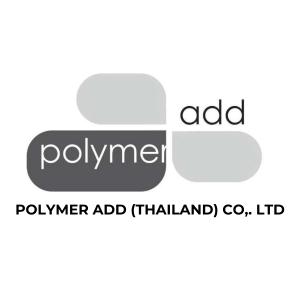Micronized sodium triphosphate (STPP) can also find applications in polymers, albeit with some differences compared to sodium sulfate. Here are some potential uses and benefits of micronized sodium triphosphate in polymers:
Flame Retardancy
Sodium triphosphate, when micronized and dispersed within polymer matrices, can act as a flame retardant. It releases water vapor when exposed to fire, diluting flammable gases and suppressing combustion, thus improving the fire resistance of the polymer.
Smoke Suppression
Similar to its flame-retardant properties, micronized sodium triphosphate can help reduce smoke emission during polymer combustion, contributing to enhanced safety in fire incidents.
Thermal Stability
The presence of sodium triphosphate particles can improve the thermal stability of polymers, reducing degradation at elevated temperatures and extending the service life of polymer-based products.
Mechanical Properties
In some cases, micronized sodium triphosphate can enhance the mechanical properties of polymers, including tensile strength, modulus, and impact resistance, by acting as a reinforcing filler.
Processability
Micronized sodium triphosphate can aid in the processing of polymers by improving flow characteristics, reducing melt viscosity, and preventing agglomeration during compounding and molding processes.
Barrier Properties
Incorporating sodium triphosphate into polymer formulations can enhance barrier properties against gases and moisture, making the resulting materials suitable for packaging applications requiring extended shelf life and protection from external factors.
Antimicrobial Properties
Sodium triphosphate possesses antimicrobial properties, which can be beneficial in polymer applications where microbial growth inhibition is desired, such as in food packaging or medical devices.
